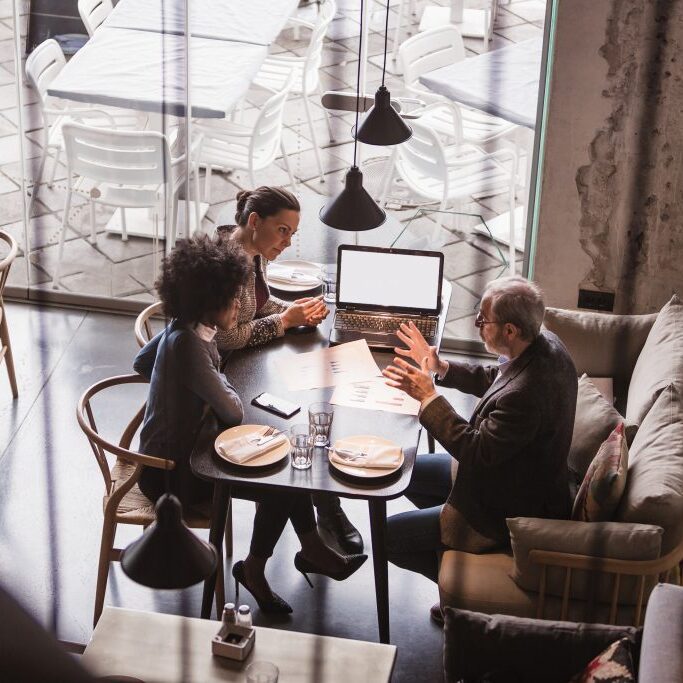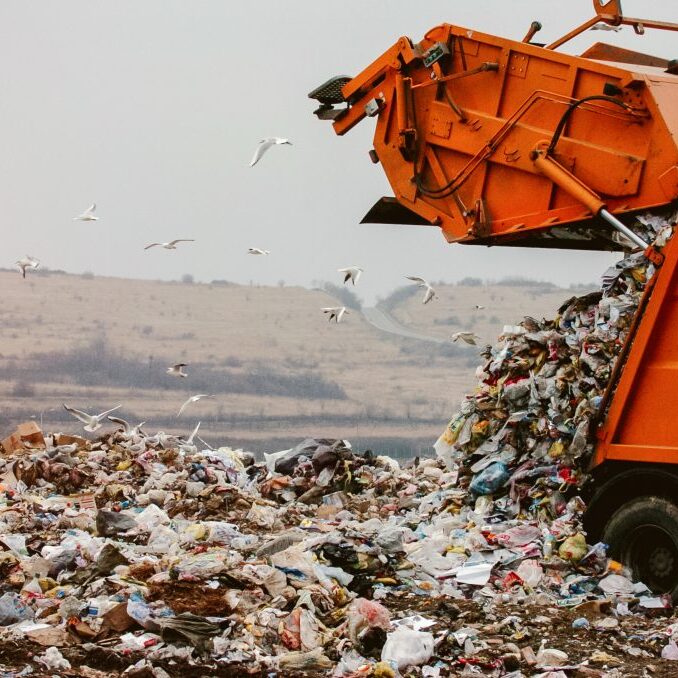
Make the changes you want to see at home, in the workplace, and in your community
Ending plastic pollution is not the responsibility of individual consumers. It’s a complex issue that demands a collective effort from all levels of government, industry, retailers and individuals.
But that doesn’t mean you can’t be the change you want to see. You can lead by example at home, in your workplace, in your community and even in the places you love.
My Home
A great first step to eliminating plastic waste from your daily life is to start by doing an audit of all the single-use plastics you have in your home.
What is single-use plastic? Single-use plastic or disposable plastics, are used once before they are thrown away or recycled. These items are things like plastic bags, straws, coffee stirrers, soda and water bottles and most food packaging.
To avoid feeling overwhelmed break down your plastic audit by room. The bathroom, kitchen and bedroom are rooms where you are likely to find the most single-use plastic items.
Your plastic audit
- Step one: Grab a paper and pen to keep track of your count. Pick one room in your house and work your way around the room listing all the single-use items along the way. Don’t forget to include items that may not be plastic but have plastic packaging.
- Step two: Tally everything in room #1 and move on to the next.
- Step three: Once you have tallied all the single-use plastic in your home sit down, reflect and breathe. Don’t get overwhelmed! Chances are you have a lot of plastic in your home. Highlight the top five items you can do without or find alternatives for.
- Step four: Challenge yourself. Make a commitment to avoid purchasing those top five products on your list or find ways to buy them plastic-free for the next week or two. Then why not try another week!
- Step five: Keep checking in on your commitment. Step up your game and keep adding to the list of things you want to eliminate. In a few weeks do another audit, check your progress and find out how far you’ve come!
An audit can be overwhelming but you can do it at your own pace. Get your roommates, partners or family onboard to make the transition easier. You’ll be surprised what you learn to live without and how many alternatives to everyday single-use plastics are out there.
Avoid products with excessive packaging
Whenever you can, avoid purchasing products packaged in plastic. For example, instead of buying tomatoes packed in a plastic clam-shell bring your own re-useable bag (stay away from those small produce bags) and go for unpacked tomatoes.
Make the switch to reusable items for everyday use
Change is happening and that means more and more alternatives to single-use plastics are available.
Here are some examples of reusable items that will help you kick wasteful plastic to the curb:
- Canvass shopping bags: these are light and easy to store in your backpack, stroller, car, etc. If they get dirty, just throw them in the laundry.
- Stainless steel water bottle. Ontario alone uses around 3 billion single-use plastic bottles every year, how many could we avoid by having one and filling it from the tap?
- Travel mug: Your favourite coffee shop will be happy to serve your coffee in your own mug; you may even get a small discount!
- Beeswax wraps: replaces the need for plastic wrap or zip lock bags. They’re reusable, easy to clean and come in many funky patterns.
- Paper or stainless steel straws
- Glass containers or mason jars for food storage
My Workplace
Your workplace can make a big contribution to reducing plastic waste beyond the standard blue bin. Here are a few tips to help you lead the change at work.
Build awareness and educate
The desire to change comes with understanding the gravity of a particular issue. Building awareness on the issue around single-use plastics and sharing solutions to help tackle the issue at work is a great starting point.
Find creative and interactive ways to inspire your colleagues to get on board. Here are a few ideas to get you started.
Organize a shoreline or park clean-up
Clean-ups are not a solution to plastic waste but they are a great way to see all the different kinds of plastic polluting our environment. Tally up everything you find and share your data with The Great Canadian Shoreline Clean up.
Host a screening
There are several documentaries you can find online illustrating the global plastics crisis that really drive the message home. These can often be screened for free with permission, so it's a great way to share your passion with the people around you.
Run an audit and create a team challenge
Just like your home audit, find out how much single-use plastic there is in your workplace. As a team, challenge yourselves to reduce the use of certain plastic products at work. You can even make a friendly competition out of it—the winner receives a few reusable items!
Ask your office manager to ensure that the office has re-usable items in the kitchen/cafeteria
Having glasses, plates, cutlery and mugs available reduces the need for people to use single-use.
- Keep a stock of bags by the door for people going out to grab lunch
- Provide free filtered water/ refill stations
My Community
Being part of a community means your part of a group that shares common interests, hobbies, beliefs and or attributes. Your interaction with your community can range from daily, to weekly, monthly or yearly. You may even enjoy close ties with more than one community. So what better way to lead change than to share the effort with others around you?
Pledge to make a change
A pledge is a great way to define your community’s goal and the actions required to reach that goal. Create a pledge together and get as many people to show their support by signing it. The pledge can serve as a guide and a reminder of what your community hopes to achieve and will help to keep everyone accountable to that promise.
The nice thing about a pledge is that it can be as broad or as defined as your community desires.
Plastic-free events and gatherings
Make your next community event or gathering plastic-free. Going plastic-free will showcase your community’s commitment to stop using single-use plastics, help reduce waste and serve as an opportunity to raise awareness on the issue to the wider community.
Your community event can also help support business, suppliers or vendors that support a plastic-free lifestyle.
The Places I Love
As you begin to change your relationship with plastics you may start to notice all the wasteful single-use plastics in all the places you love, for example, your favourite spa, theatre, gym, park, restaurant, etc. So how do you continue to enjoy these places while living your plastic-free lifestyle?
Refuse plastics
There is no shame in refusing single-use plastics. Whether it’s saying no to straws, plastic bag or plastic cutlery make it a habit to refuse single-use plastics.
Make a friendly suggestion/ Have a discussion
It may feel awkward, but it never hurts to address your concerns and offer possible suggestions and solutions to improve the places you love. Refusing to use single-use plastics is always a great segue to discuss solutions, alternatives and even share your efforts with others. Remember, it’s not about shaming. It’s about raising awareness, offering helpful solutions and inspiring action.
Find out what others think
You may be pleasantly surprised to discover other people share the same concerns or are open to seeing changes.
If others support your suggestions and are open to seeing changes consider coming together as a collective voice and try to push for change. In some cases, this might require you to approach the person in charge. Check out our guide to influence decision-makers to learn more.
Want to learn more about our campaigns?
Sign up to receive our email newsletters.






